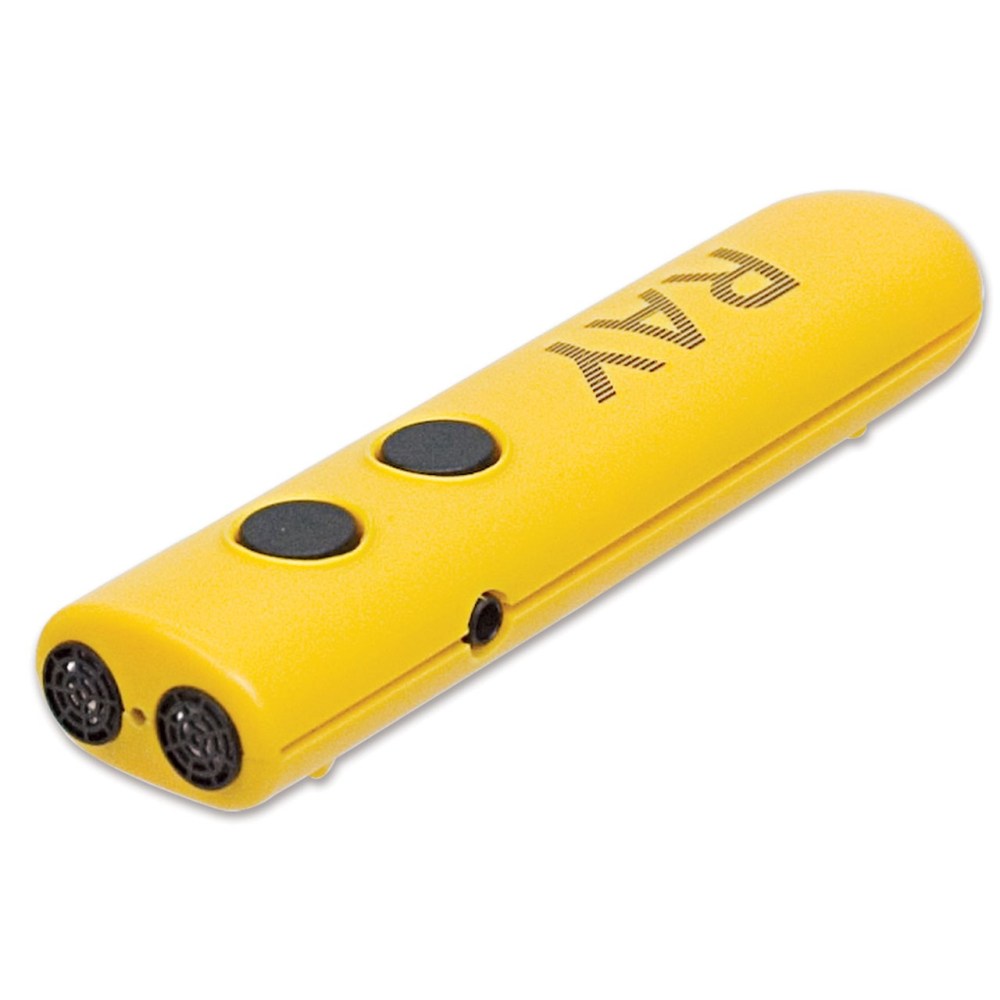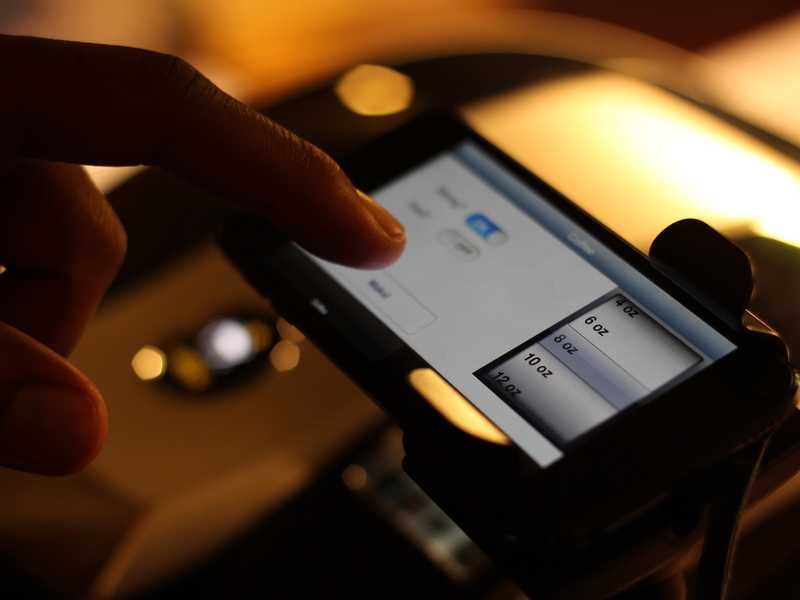Screen Readers for the Blind: Essential Tools for Digital Access
Screen Readers for the Blind: Essential Tools for Digital Access
Blog Article
Discover Ingenious Tools Made for the Visually Damaged
The advancement of innovative tools for the aesthetically damaged represents a substantial development in availability and independence. Technologies such as clever glasses with AI capacities and mobile applications created to offer auditory descriptions are improving everyday experiences for individuals. Additionally, wearable gadgets that use haptic feedback boost ecological understanding, while contemporary Braille advancements supply new means to involve with text. As these tools remain to progress, their effect on the lives of those with aesthetic disabilities increases essential concerns regarding the future of inclusivity and freedom in various aspects of life. What lies in advance in this technical landscape?
Smart Glasses for Navigation

Smart glasses developed for navigation are transforming the means visually damaged individuals interact with their environment. These sophisticated devices make use of a combination of electronic camera modern technology, synthetic intelligence, and auditory responses to provide real-time details about surroundings. By using barrier discovery systems, wise glasses can signal customers to possible risks, enabling safer flexibility in both familiar and unfamiliar setups.
The combination of GPS modern technology additionally boosts navigating capacities, permitting individuals to get auditory instructions as they move. This hands-free approach not only promotes freedom yet also encourages visually damaged people to navigate city landscapes with enhanced self-confidence. In addition, numerous wise glasses are equipped with attributes that recognize spots and street signs, offering contextual info that boosts the customer experience.
Moreover, the growth of these gadgets is continuously advancing, with companies working to boost the accuracy of things acknowledgment and broaden the series of navigational features. As wise glasses become a lot more economical and easily accessible, they hold the possible to substantially change everyday life for visually damaged individuals. Ultimately, these cutting-edge tools stand for a vital action toward inclusivity, offering boosted flexibility and a better feeling of freedom for people navigating the world around them.

Mobile Apps for Daily Living
How can mobile applications boost the day-to-days live of visually damaged people? Mobile applications are transforming the means aesthetically impaired users browse their settings, manage everyday jobs, and accessibility information. These applications provide crucial support with different functionalities, fostering self-reliance and boosting quality of life.
Several ingenious mobile applications are made especially for daily living. Applications like Be My Eyes connect aesthetically damaged users with sighted volunteers by means of video telephone calls, enabling them to get real-time aid with jobs such as reading labels or navigating unfamiliar rooms. Seeing AI, established by Microsoft, makes use of artificial knowledge to define surroundings, checked out text, and determine items, efficiently transforming a smart device right into an effective tool for daily aid.
Furthermore, navigation apps tailored for the visually impaired, such as Aira and BlindSquare, use audio-based directions and ecological info, enabling customers to traverse their surroundings securely and confidently. Beyond navigating and instant assistance, mobile apps additionally support company and task monitoring, with functions that help customers set reminders, develop order of business, and track visits. In recap, mobile applications act as vital resources, empowering visually damaged individuals to lead even more independent and fulfilling lives.
Wearable Technologies for Support
Empowerment via modern technology is significantly evident in the realm of wearable devices developed to help visually impaired people. These innovative tools incorporate effortlessly right into everyday life, enhancing navigating and offering important comments to customers. For instance, clever glasses equipped with electronic cameras can read and acknowledge faces message aloud, enabling individuals to connect more confidently in specialist and social settings.
Another noteworthy development is making use of haptic feedback systems in wearable gadgets. These systems make use of vibrations or other responsive signals to convey details regarding the individual's setting, such as barriers or modifications in terrain, boosting movement and security. Wearable modern technologies likewise include wristbands that link to smartphones, informing individuals to notices through subtle resonances, therefore improving connection without reliance on visual hints.
As these modern technologies continue to evolve, they are not just improving freedom for aesthetically damaged people but also cultivating a greater sense of inclusion in society. By connecting the gap between obstacles dealt with in everyday living and the capacity for autonomy, wearable modern technologies work as pivotal devices in the pursuit for equal rights and empowerment for those with visual problems.
Sound Summary Devices
Sound description tools play a vital role in enhancing access for visually damaged people, offering them with the ability to engage with visual media. Voice-activated assistive devices. These tools offer narrated descriptions of key visual components in films, television shows, and live performances, ensuring that users can completely comprehend the context and feelings shared via visuals
Sound description can be incorporated into various systems, including streaming services, movie theater screenings, and live cinema. Numerous popular streaming solutions now consist of audio summary as an availability attribute, allowing audiences to pick it conveniently. Along with mainstream media, specialized applications also exist, providing audio summaries for art events, galleries, and various other social events.
The efficiency get more of audio description rests on the ability of the storytellers, that must communicate visual details succinctly without interfering with the initial audio. Technologies in this area are likewise paving the way for even more customized experiences, where customers can adjust the degree of information and pacing according to their choices.
Braille Innovations and Devices
Braille advancements and tools have actually substantially changed the way visually impaired individuals communicate with text and details. Modern advancements have actually led to the development of flexible devices that enhance proficiency and self-reliance among customers. Notably, Braille display modern technologies have actually advanced, enabling vibrant analysis experiences. These devices convert electronic text right into Braille, making it possible for users to access a substantial array of info on smartphones, tablets, and computers.
Additionally, mobile Braille notetakers combine typical Braille input with contemporary functionalities, assisting in note-taking, scheduling, and paper editing on the move. Assistive technology for the blind. These portable tools commonly feature text-to-speech capacities, bridging the gap in between Braille and auditory details
In enhancement, innovative Braille printers have actually emerged, allowing individuals to produce Braille labels, files, and academic products Resources successfully. This ease of access cultivates better participation in specialist and educational environments, ultimately promoting inclusivity.
Furthermore, research right into wise Braille modern technologies remains to expand. Instruments that integrate man-made intelligence are being explored to provide real-time navigating help and contextual information, improving the individual experience in diverse settings. Generally, these developments mirror a dedication to encouraging visually damaged people with innovation, guaranteeing they can conveniently gain access to and engage with the world around them.

Final Thought
The you could try here advancement of innovative devices for the aesthetically impaired significantly improves self-reliance and lifestyle. Smart glasses, mobile applications, wearable technologies, audio description devices, and Braille developments collectively equip people by offering essential navigating support, environmental understanding, and boosted reading experiences. These technologies not just foster better addition however likewise advertise freedom in daily activities, eventually contributing to a much more fair and obtainable culture for visually impaired people. Continued growth in this field holds promise for additional improvements.
As wise glasses become more accessible and economical, they hold the potential to dramatically change everyday life for aesthetically impaired individuals. Mobile applications are revolutionizing the method visually impaired individuals navigate their environments, manage daily jobs, and access details. Apps like Be My Eyes attach aesthetically damaged individuals with sighted volunteers by means of video clip phone calls, permitting them to get real-time help with jobs such as reading labels or navigating strange spaces.Furthermore, navigating apps customized for the aesthetically damaged, such as Aira and BlindSquare, use audio-based directions and ecological information, allowing customers to traverse their environments safely and with confidence.The advancement of innovative devices for the visually impaired substantially improves self-reliance and top quality of life.
Report this page